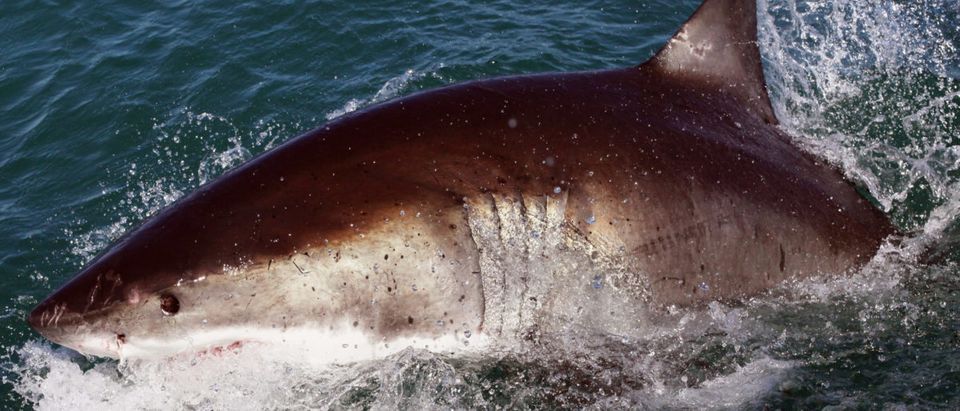A shark attacked and killed a swimmer Wednesday in the first fatal shark attack at a Sydney, Australia, beach in almost 60 years.
Emergency services, including a helicopter, arrived at the beach at around 4:30 p.m., but the swimmer “had suffered catastrophic injuries as a result of the attack and there was nothing paramedics could do,” Inspector Lucky Phrachanh said according to the Australian Broadcasting Corporation (ABC).
The attack happened around 4:30 p.m. when a fisherman saw the shark as it dragged the swimmer under the water, the Australian Broadcasting Corporation (ABC) reported. (RELATED: Shark Attacks Woman In Pool Floaty Hundreds Of Feet From Shore)
#BREAKING: There’s been a suspected fatal shark attack at Little Bay in Sydney’s south-east.@RuthWW is live at the scene. #9News pic.twitter.com/uXT8o8LTPj
— 9News Sydney (@9NewsSyd) February 16, 2022
A man named Kris Linto who was fishing in the area and witnessed the attack claimed that a 4.5-meter-long great white shark killed the swimmer, according to the Sydney Morning Herald.
“We heard a yell and turned around it looked like a car had landed in the water, a big splash then the shark was chomping at the body and there was blood everywhere,” Linto said, according to 9 News.
Police eventually found human remains in the ocean, according to ABC.
Randwick Mayor Dylan Parker said that the local community was in shock. The last fatal shark attack that occurred on a Sydney beach took place at Sugarloaf Bay in 1963, the outlet reported. The last non-fatal attack happened in 2018 in Botany Bay
The Randwick City Council announced that Little Bay, Malabar, Maroubra, Coogee, Clovelly and La Perouse beaches will be closed for 24 hours, according to ABC.
Marine scientist Vanessa Pirotta said that water temperature and ocean current could help identify the shark responsible for the attack, according to the Sydney Morning Herald.
She also noted that it would be nearly impossible to find the shark. “In my opinion it’s completely tricky to do so — pinpointing the very animal that did this is very difficult. In some cases it may be hanging around in the area, but they’re capable of large geographical movements up and down the east coast and further out to sea,” Pirotta said, according to the outlet.


